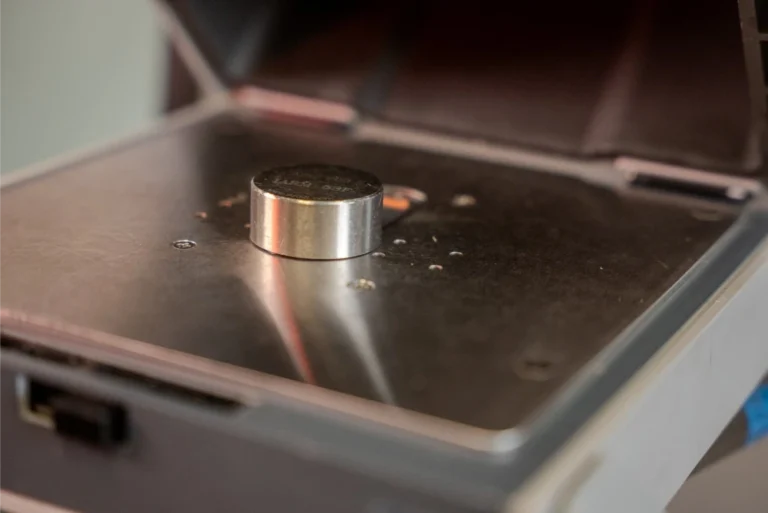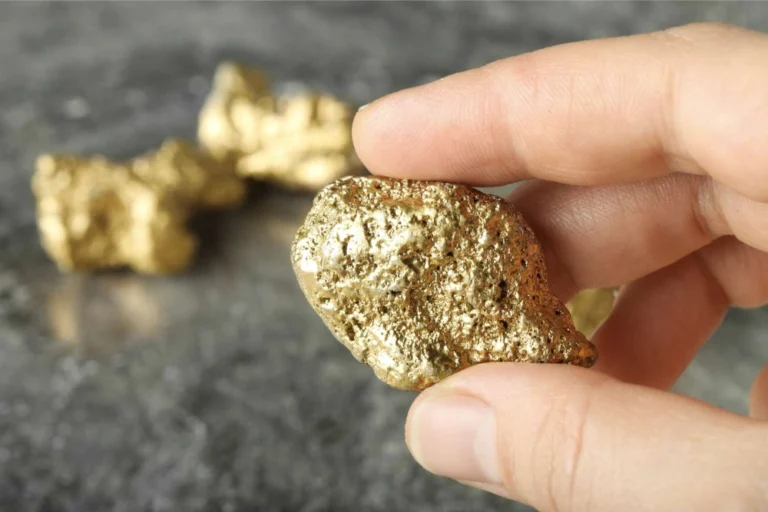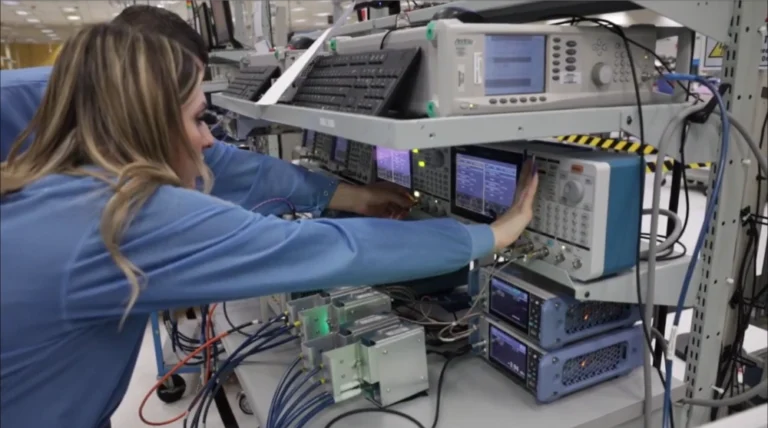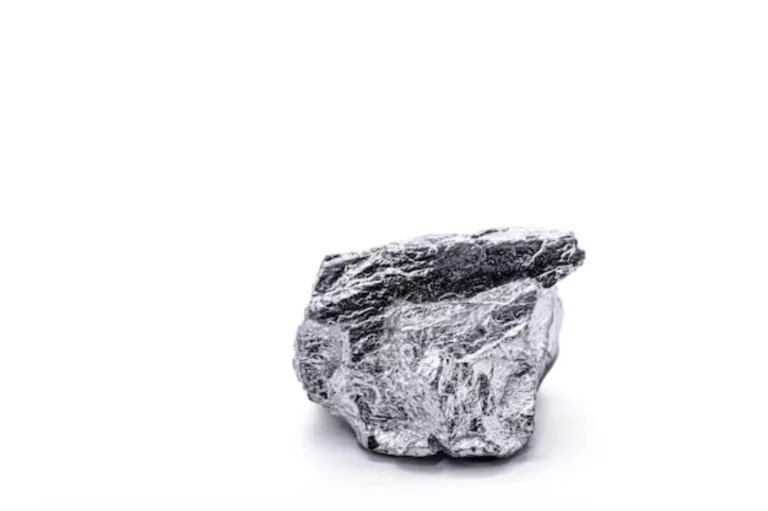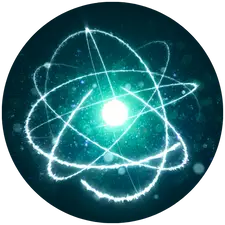Iridium is one of the world’s rarest and most durable metals, used in electronics, medical devices, and high-performance alloys. But because it looks similar to platinum or tungsten, misidentification is common.
Whether you’re recycling, investing, or working with high-purity materials, knowing how to test iridium metal is key. This guide walks you through five proven methods, from quick field checks to advanced lab testing.
What Makes Iridium Unique?
Iridium stands out as one of the densest and most corrosion-resistant elements known. With a density of 22.56 grams per cubic centimeter and a melting point over 2,400 degrees Celsius, it resists oxidation, acids, and even extreme temperatures, qualities that make it invaluable across demanding industries.
Commonly found in electrical contacts, spark plugs, surgical instruments, and spacecraft parts, iridium’s high durability ensures performance where failure isn’t an option. Its silvery-white appearance can resemble platinum, but iridium is heavier, harder, and far more brittle.
How to Identify Iridium: 5 Reliable Testing Methods
Testing iridium is not about guesswork. Whether you’re handling scrap, alloys, or lab samples, accurate identification requires a layered approach. The five methods below progress from basic inspection to lab-grade confirmation, giving you the tools to verify iridium with confidence.
1. Visual Inspection and Magnet Test
Visual and magnetic checks are the most accessible ways to begin testing an unknown metal. While they won’t confirm iridium on their own, they can help you eliminate common lookalikes.
- What to look for visually: Iridium typically has a silvery-white appearance. It may look slightly duller or gray compared to polished platinum. What makes it stand out is its surprising heaviness for its size. Even small pieces will feel unusually dense. Iridium is also brittle, so its edges may appear chipped or uneven.
- Magnet test: Iridium is non-magnetic. Using a strong neodymium magnet, you can rule out iron, steel, or nickel-based alloys. If the metal responds to the magnet, it is not iridium.
- Limitations: Many non-ferrous metals are also non-magnetic, and visual similarities between iridium, platinum, tungsten, and osmium make this test inconclusive.
2. Scratch Test and Density Measurement
This approach uses physical properties to distinguish iridium from similar metals.
- Scratch test: Iridium ranks approximately 6.5 on the Mohs hardness scale. It will scratch copper and possibly steel, but unlike platinum, it may chip under heavy pressure. Try scratching a ceramic surface or a piece of steel. If the metal leaves a mark and shows signs of brittleness, iridium is a possibility.
- Density test: Iridium’s density is 22.56 g/cm³.
- To calculate density:
- Weigh the object in grams.
- Fill a graduated cylinder with water and record the initial volume.
- Submerge the object and measure the new volume.
- Subtract the initial from the final volume to get the object’s volume in cubic centimeters.
- Divide mass by volume.
- To calculate density:
⇒ A result close to 22.5 g/cm³ strongly suggests iridium.

3. Flame or High-Heat Resistance Test
Iridium has a melting point of approximately 2,446 degrees Celsius. Most environments cannot reproduce this temperature, but a jeweler’s torch or furnace can offer clues.
- What to observe: Expose the sample to direct flame. Metals like silver, zinc, and even platinum will show signs of oxidation or melting. Iridium should remain unchanged unless exposed to extreme, sustained heat.
- Warning: This test should only be performed using proper safety gear in a ventilated area.
- What it reveals: Iridium’s stability under flame can help rule out less durable metals.
4. XRF Analysis
X-ray fluorescence (XRF) is a non-destructive method that provides instant confirmation of elemental composition.
- How it works: Each element emits a unique energy signature under X-ray exposure. XRF analyzers detect this and identify the elements present, including iridium.
- Advantages:
- Fast and accurate
- No damage to the sample
- Detects both solid and coated metals
- Limitations: May not penetrate thick plating. Follow-up lab methods are advised for full accuracy.
Ledoux & Co. uses advanced XRF instruments under ISO 17025-accredited testing standards.
5. Laboratory Assay
For complete verification, especially in commercial or regulatory contexts, lab assays are essential.
- Common methods:
- ICP-OES (Inductively Coupled Plasma Optical Emission Spectroscopy)
- Fire assay
- Wet chemistry (acid digestion and titration)
- Use cases:
- Confirming iridium presence in alloys or scrap
- Verifying purity for investment or resale
- Legal certification and reporting
Ledoux & Co. offers all of the above, delivering expert reports and certified documentation.

Iridium vs Platinum: Key Differences to Know
| Property | Iridium | Platinum |
|---|---|---|
| Color | Silvery-white, duller | Brighter silvery-white |
| Density | 22.56 g/cm³ | 21.45 g/cm³ |
| Hardness | Very hard, brittle | Softer, malleable |
| Melting Point | 2,446°C | 1,768°C |
| Common Use | Aerospace, spark plugs, implants | Jewelry, catalytic converters |
| Magnetic? | No | No |
If you’re unsure whether your sample is platinum or iridium, XRF or a certified lab test is the most reliable way to find out.
Final Thoughts: Test with Confidence
Iridium is one of the rarest and most valuable metals, but identifying it correctly is critical. From simple field methods to certified lab assays, there is a test for every use case.
- Need fast confirmation? Try magnet, scratch, or density tests.
- Need proof? Use XRF testing.
- Need certified results? Choose a lab assay.
With over 140 years of metallurgical expertise, Ledoux & Co. offers precision analysis through ISO 17025-accredited methods.
Ready to confirm your iridium sample?
- Submit a sample today
- Learn more about our Precious Metals Testing Services
- Contact Ledoux & Co. for expert guidance


